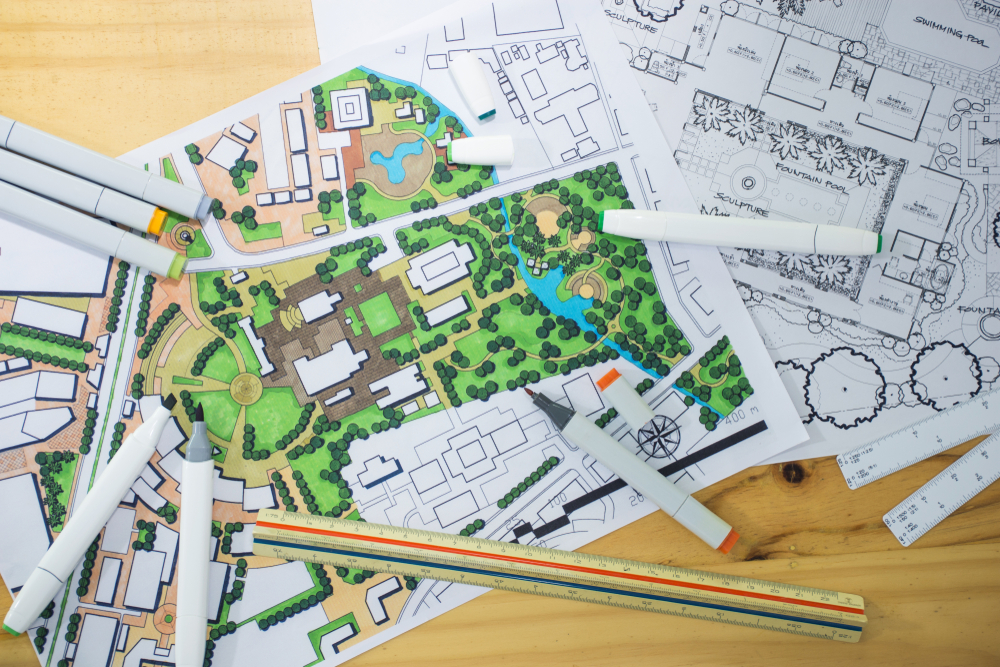Unveil the layers of contemporary urban planning
From sustainability to collaboration, understand the crucial role of urban planning in shaping cities

Urban planning, as described by Arch Daily, is a multifaceted process aimed at improving existing urban areas or creating new ones. It encompasses the production, structuring, and appropriation of urban space with the overarching goal of enhancing residents’ quality of life across various aspects, including transportation, security, access opportunities, and interaction with the natural environment.
In the context of contemporary discussions on the future of cities, urban planning is vital for addressing issues such as pollution, traffic congestion, ecological impacts, and urban voids, playing a crucial role in the pursuit of sustainability and climate change mitigation.
This discipline involves collaboration among professionals like sociologists, historians, economists, geographers, and urban planners, often in conjunction with local authorities from government, private companies, or international organisations. Master plans, comprehensive documents outlining the bases and rules for regional development, are common outcomes of urban planning processes.
Related: The best of urbanisation through smart and green living
Different types of urban planning exist, each serving distinct purposes. According to Clearpoint Strategy, Strategic urban planning establishes high-level goals for a city, while land-use planning involves legislation and policies influencing the type and location of land for various functions. Master planning focuses on greenfield development projects, envisioning the future state of a given space.
Urban revitalization addresses the improvement of declining areas, requiring community involvement. Economic development seeks to foster financial prosperity by attracting businesses. Environmental planning prioritises sustainability, considering factors like air and noise pollution, wetlands, and endangered species habitats. Infrastructure planning deals with fundamental facilities supporting a city and its goals.
The Property Report editors wrote this article. For more information, email: [email protected].
Recommended
6 green real estate projects reshaping Asia’s future
Developers are being incentivised to push a green agenda into daring new realms
ARES White Paper Volume 3: The era of adaptive reinvention
Pioneering sustainable and innovative practices in urban development
ARES White Paper Volume 2: Unravelling the power of data revolution in real estate
Insights on proptech, smart cities, and sustainable development
ARES Digital White Paper Volume 1: The fundamentals of responsible building
Green and climate heroes join forces to discuss how Asia Pacific can weather the current environmental crises and the looming effects of climate change






